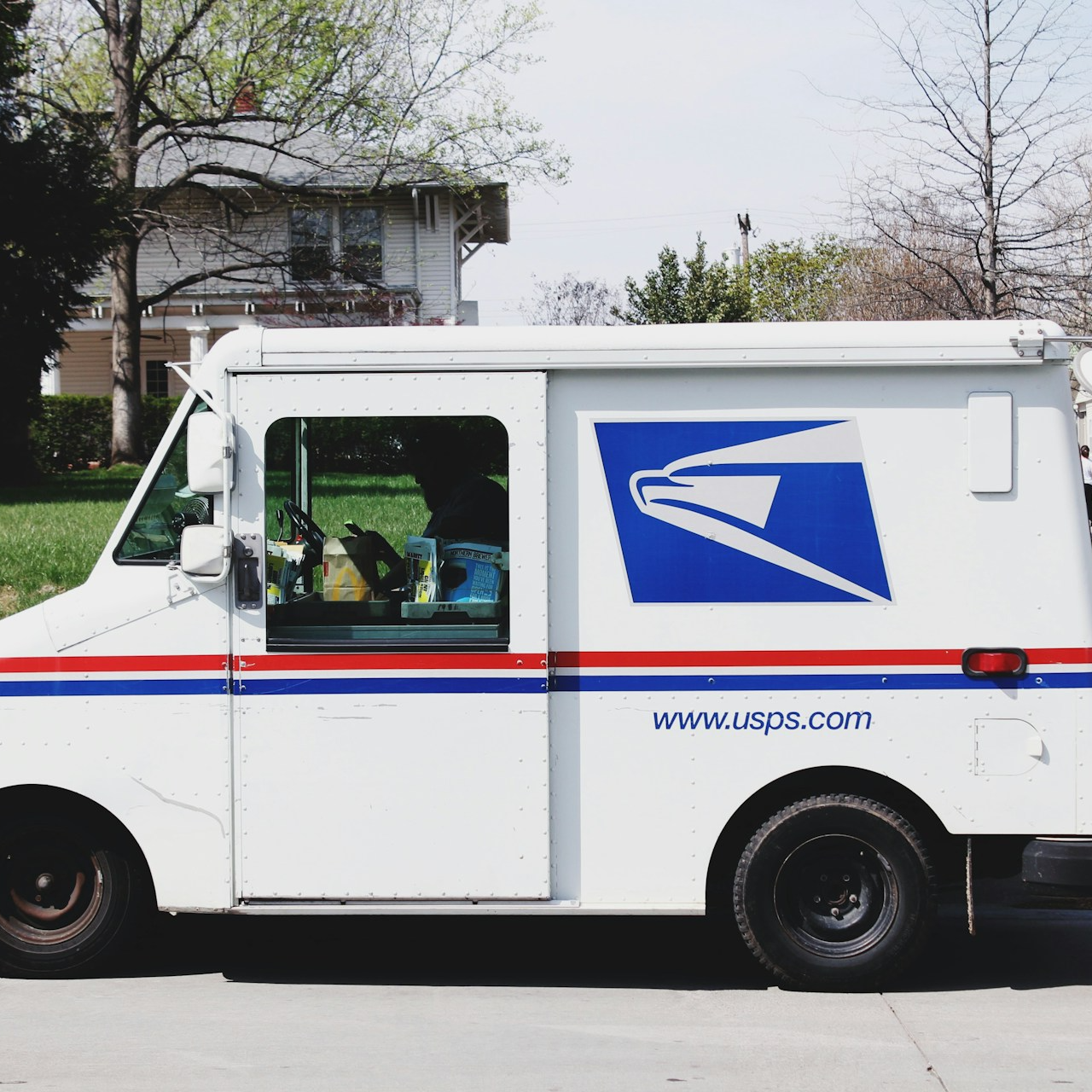Key Takeaways
-
Enrolling in Medicare Part B complements your PSHB coverage by reducing out-of-pocket healthcare costs and expanding access to services.
-
Understanding the benefits of coordinating Medicare Part B with PSHB ensures you make informed decisions about your healthcare needs.
Why Medicare Part B and PSHB Work Better Together
Combining Medicare Part B with your Postal Service Health Benefits (PSHB) plan can provide a stronger, more comprehensive healthcare safety net. While PSHB offers extensive coverage, Medicare Part B fills in the gaps for medical services that might otherwise leave you paying higher out-of-pocket costs. Let’s explore why these programs complement each other and how you can benefit.
The Basics of Medicare Part B
Medicare Part B is your ticket to covering outpatient care, doctor visits, preventive services, and durable medical equipment. While PSHB plans offer robust healthcare coverage, they don’t always match the affordability and coverage breadth Medicare Part B provides for specific services. In 2025, the standard monthly premium for Medicare Part B is $185, with an annual deductible of $257. After meeting the deductible, Medicare typically covers 80% of approved medical services, leaving you responsible for the remaining 20%.
Key Features of Medicare Part B:
-
Preventive Services: Regular screenings, flu shots, and wellness visits.
-
Doctor Visits: Coverage for specialists and primary care providers.
-
Durable Medical Equipment: Items like walkers, wheelchairs, and oxygen equipment.
What Is PSHB?
PSHB, the Postal Service Health Benefits program, replaced the Federal Employees Health Benefits (FEHB) program starting January 1, 2025. It offers postal workers, retirees, and their families tailored healthcare options with government contributions covering about 70% of premiums. The program provides access to diverse plans, giving you the flexibility to choose the coverage that fits your needs.
PSHB Plan Highlights:
-
In-network and out-of-network options.
-
Comprehensive dental, vision, and pharmacy benefits.
-
Out-of-pocket maximums to protect against high costs.
However, combining PSHB with Medicare Part B enhances your coverage, especially as you age or require more frequent medical services.
Why Should You Enroll in Medicare Part B?
If you’re retired or nearing retirement, enrolling in Medicare Part B alongside PSHB can bring significant advantages. Here’s why it makes sense:
1. Lower Out-of-Pocket Costs
When you have Medicare Part B, your PSHB plan coordinates benefits, often reducing or eliminating deductibles and coinsurance for many services. This can save you thousands of dollars annually, particularly for frequent medical visits or specialized care.
2. Expanded Access to Providers
Medicare Part B provides access to a vast network of healthcare providers nationwide. While PSHB plans also have their own networks, Medicare’s reach ensures you’ll find care almost anywhere you go.
3. Prescription Drug Savings
PSHB plans often integrate with Medicare Part D—the prescription drug program—to lower your medication costs. Enrolling in Medicare Part B can unlock even greater savings, especially for those with chronic conditions requiring multiple prescriptions.
4. Future-Proof Your Healthcare
Healthcare needs tend to increase as you age. By enrolling in Medicare Part B now, you’ll avoid late enrollment penalties and ensure continuous, reliable coverage.
How Medicare Part B Enhances PSHB Coverage
Combining Medicare Part B with PSHB creates a comprehensive safety net by coordinating benefits. Here’s how it works:
Cost Sharing and Deductibles
Medicare Part B and PSHB plans often waive or reduce deductibles, coinsurance, and copayments when used together. For example, if Medicare covers 80% of a service, your PSHB plan can step in to cover the remaining 20%.
Seamless Coordination
Both programs share claims information to ensure you’re not overcharged. Medicare typically pays first, and your PSHB plan picks up the rest, minimizing your out-of-pocket costs.
Emergency Care Coverage
With Medicare Part B and PSHB, you’re better equipped to handle emergencies at home or while traveling. Medicare ensures you’re covered nationwide, while PSHB may offer additional protections abroad.
When Should You Enroll in Medicare Part B?
Initial Enrollment Period (IEP)
Your IEP lasts for seven months: three months before, the month of, and three months after your 65th birthday. Enrolling during this time avoids late penalties and ensures uninterrupted coverage.
Special Enrollment Period (SEP)
If you’re still working or covered under an active employee’s health plan, you qualify for an SEP once that coverage ends. This allows you to enroll in Medicare Part B without penalties.
General Enrollment Period (GEP)
Missed your IEP or SEP? The GEP runs from January 1 to March 31 annually, but coverage doesn’t start until July 1, and late penalties may apply.
Avoiding Medicare Part B Penalties
If you delay enrolling in Medicare Part B when you’re first eligible, you could face a lifetime late enrollment penalty. This penalty adds 10% of your monthly premium for every 12 months you were eligible but didn’t enroll. For example, waiting three years could increase your premium by 30%.
To avoid penalties, ensure you enroll in Medicare Part B during your IEP unless you’re still actively working with employer-provided coverage.
Key Considerations for PSHB Enrollees
Medicare Integration
Starting in 2025, PSHB plans require Medicare-eligible retirees and family members to enroll in Medicare Part B for continued coverage unless exempt. This integration ensures better coordination and lower overall costs.
Reviewing Your Options
During the PSHB Open Season from November 11 to December 13 each year, you can review and adjust your plan. Compare costs, benefits, and Medicare integration features to select the plan that works best for you.
Plan Brochures
PSHB plans provide detailed brochures outlining how they work with Medicare. Reviewing these documents can help you understand cost-sharing arrangements, out-of-pocket limits, and covered services.
Steps to Enroll in Medicare Part B
-
Confirm Eligibility: Ensure you’re eligible for Medicare Part B by checking your age and work history.
-
Contact Social Security: Visit the Social Security Administration’s website or call to begin your enrollment.
-
Review Costs: Understand the monthly premium and annual deductible for Medicare Part B.
-
Coordinate with PSHB: Inform your PSHB plan of your Medicare Part B enrollment to ensure seamless integration.
Make the Most of Your Coverage
Once you’ve enrolled in Medicare Part B and coordinated it with your PSHB plan, here are some tips to maximize your benefits:
-
Schedule Preventive Care: Use Medicare’s coverage for annual wellness visits and screenings.
-
Track Your Claims: Monitor your Medicare and PSHB claims to ensure proper coordination and billing.
-
Understand Your Rights: Familiarize yourself with Medicare’s appeal process in case of coverage disputes.
-
Use Telehealth Services: Many PSHB plans and Medicare Part B cover telehealth, giving you convenient access to care.
Why This Combination Matters in 2025
As healthcare needs evolve, the integration of Medicare Part B with PSHB ensures comprehensive and affordable coverage. With rising medical costs and increased reliance on healthcare services, this combination provides peace of mind and financial security for retirees and their families. By taking the time to enroll and coordinate your benefits, you’ll set yourself up for a healthier, more secure future.
Secure Better Healthcare with the Right Choices
Your healthcare decisions today shape your well-being tomorrow. By enrolling in Medicare Part B and coordinating it with your PSHB plan, you’re ensuring access to better coverage, lower costs, and broader provider networks. Take charge of your healthcare by understanding these programs and making informed choices.












